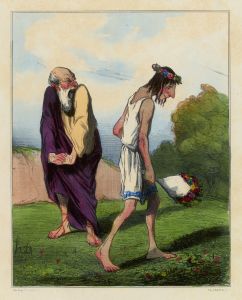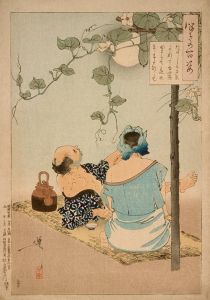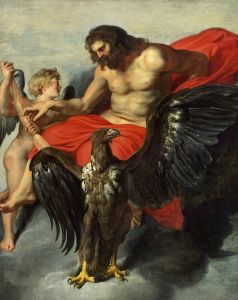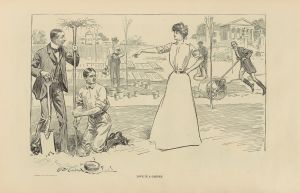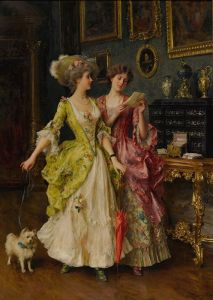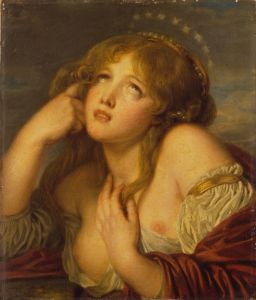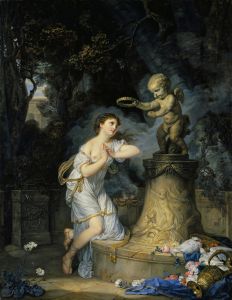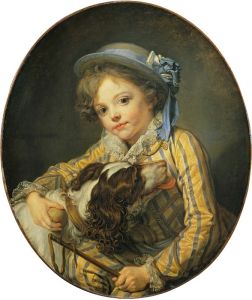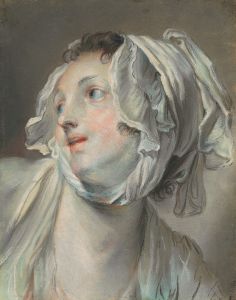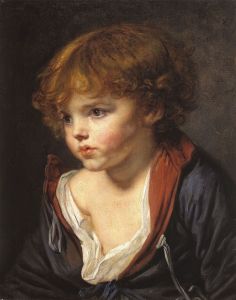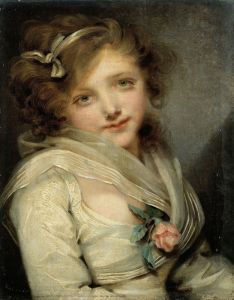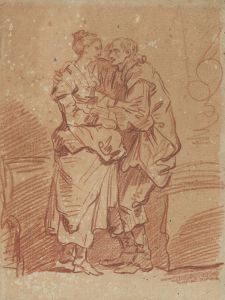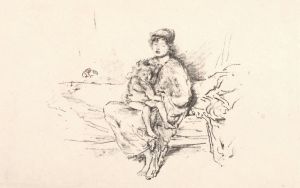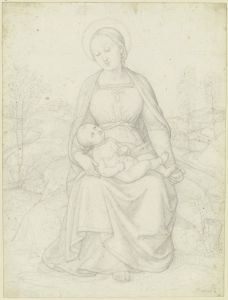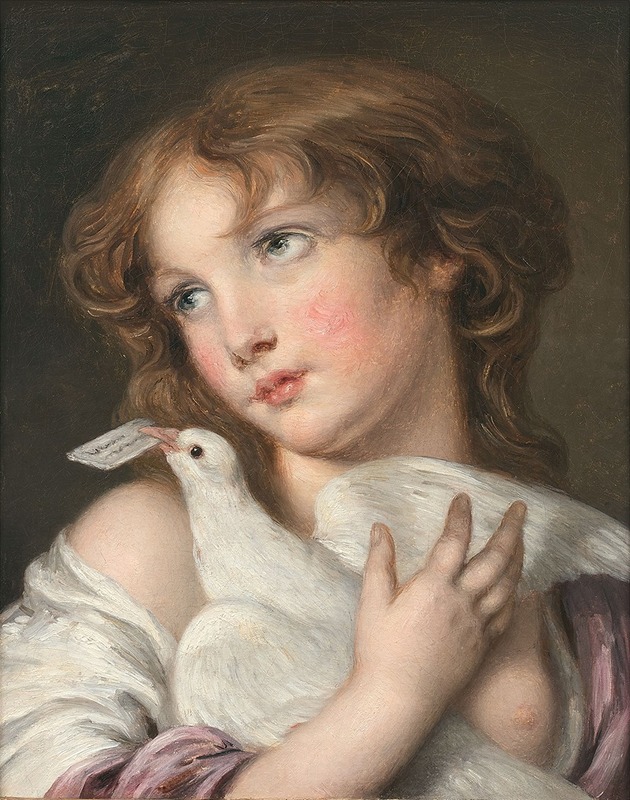
Le message d’amour
A hand-painted replica of Jean-Baptiste Greuze’s masterpiece Le message d’amour, meticulously crafted by professional artists to capture the true essence of the original. Each piece is created with museum-quality canvas and rare mineral pigments, carefully painted by experienced artists with delicate brushstrokes and rich, layered colors to perfectly recreate the texture of the original artwork. Unlike machine-printed reproductions, this hand-painted version brings the painting to life, infused with the artist’s emotions and skill in every stroke. Whether for personal collection or home decoration, it instantly elevates the artistic atmosphere of any space.
Jean-Baptiste Greuze's Le message d’amour (The Love Letter) is a painting attributed to the French artist, who was renowned for his genre scenes and portraits during the 18th century. Greuze was a prominent figure in the Rococo and early Neoclassical periods, and his works often depicted scenes of domestic life, morality, and sentimentality. However, specific historical details about Le message d’amour are scarce, and the painting is not as widely documented or studied as some of his other works, such as The Village Bride or The Broken Jug.
The painting is believed to reflect Greuze's characteristic style, which combines meticulous attention to detail with an emotional narrative. His works often feature expressive figures, carefully rendered textures, and a focus on human relationships. In Le message d’amour, the subject likely revolves around themes of love and communication, as suggested by the title, which translates to "The Love Letter." This theme aligns with Greuze's interest in exploring personal and emotional moments in his art.
Greuze's career was marked by his ability to capture the nuances of human emotion, and his paintings were highly regarded during his lifetime. He was admitted to the Royal Academy of Painting and Sculpture in 1769, although his reception piece, Severus and Caracalla, was criticized for its departure from traditional history painting. Despite this, his genre scenes remained popular among collectors and patrons, particularly for their sentimental appeal.
As with many of Greuze's works, Le message d’amour likely reflects the cultural and social values of 18th-century France, emphasizing themes of love, virtue, and morality. However, without more specific documentation or scholarly analysis, it is difficult to provide further details about the painting's composition, provenance, or historical context.
No additional verifiable information about Le message d’amour is currently available.





